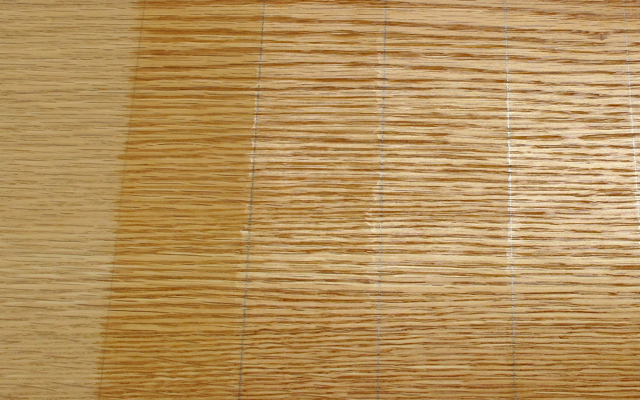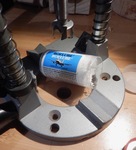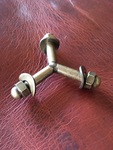We may receive a commission when you use our affiliate links. However, this does not impact our recommendations.

On this sample I applied and wiped off four coats of wiping varnish – one, then two, then three, then four – in sequence across the panel. Notice that the gloss sheen improves with each additional coat.
The instructions for applying oil and wiping-varnish finishes are usually to wipe or brush on a wet coat, wait a bit, then wipe off the excess and let what remains dry. So I got this question from a reader who wanted to know what is the optimum number of coats to apply. You may have wondered this too. Here’s the answer.
To begin with a broader view, it almost always takes at least two coats of any finish to develop the sheen the finish is designed to produce: gloss, satin, flat or whatever. The first coat soaks in and seals the wood. The second begins developing the sheen. It’s also almost always best to sand the first coat to make it smooth before applying the second. If you leave the first coat rough, the roughness may telegraph through and prevent the second coat from reaching the desired sheen.
The exception to the two-coat rule would be if you apply the first coat of a film-building finish (one that dries hard) really thick. This can usually be done only on horizontal surfaces.
Now to the reader’s question. With an oil finish, including an oil/varnish blend, which you have to wipe off after each coat because it doesn’t dry hard, the answer is that it’s pointless to continue applying more coats when the appearance doesn’t improve. That’s usually after two or three coats, but could be more in some situations. So, when an additional coat doesn’t improve the appearance, you have applied one more coat than you needed to.
This is also true with wiping varnish (oil-based varnish or polyurethane thinned about half with mineral spirits). But because wiping varnish hardens well, it can be built up on the wood by leaving each coat damp or wet on the wood. You may want to continue adding more coats to improve water resistance. Theoretically, the thicker the finish the more water-resistant it is. But at some point it becomes a tradeoff between better water-resistance and appearance because thick finishes take on a plastic appearance.
Because of the variables, such as how much wiping varnish you leave on the wood with each coat, or the actual ratio of varnish to thinner, no exact answer concerning how many coats to apply can be given. It’s always a judgment call by the woodworker.
– Bob Flexner
Here are some supplies and tools we find essential in our everyday work around the shop. We may receive a commission from sales referred by our links; however, we have carefully selected these products for their usefulness and quality.









